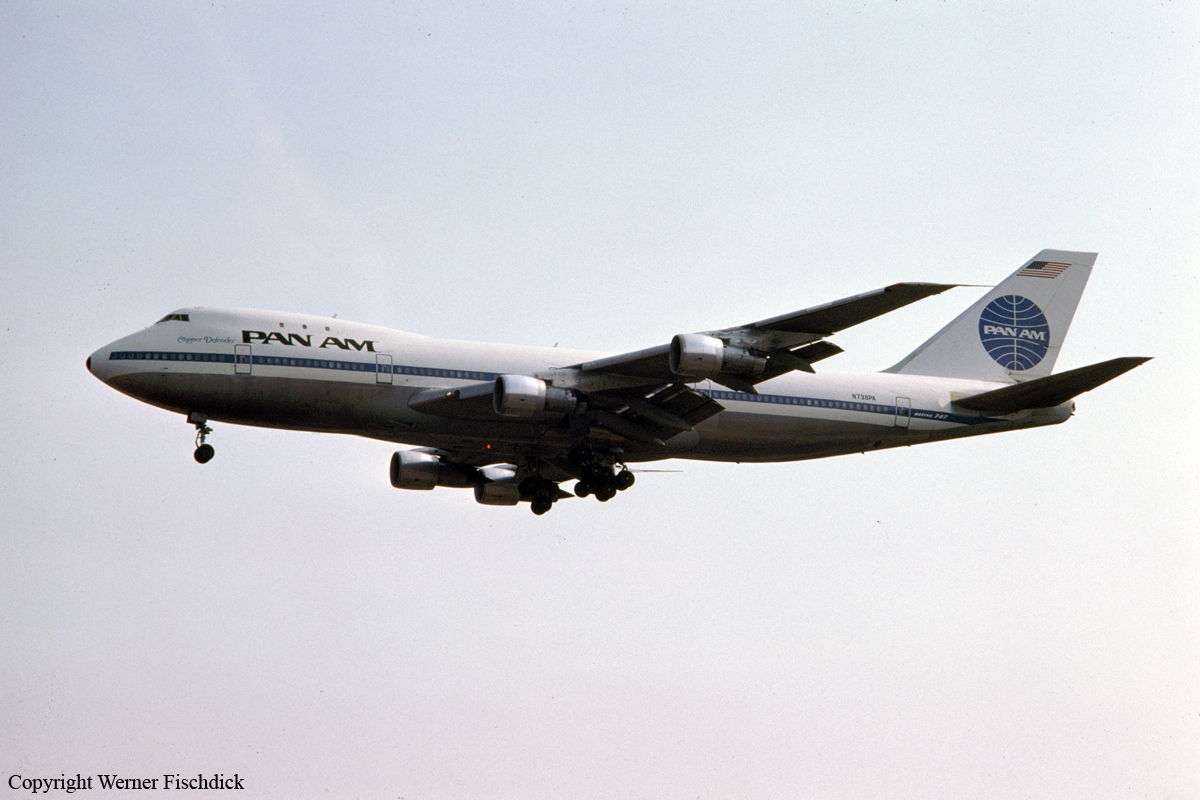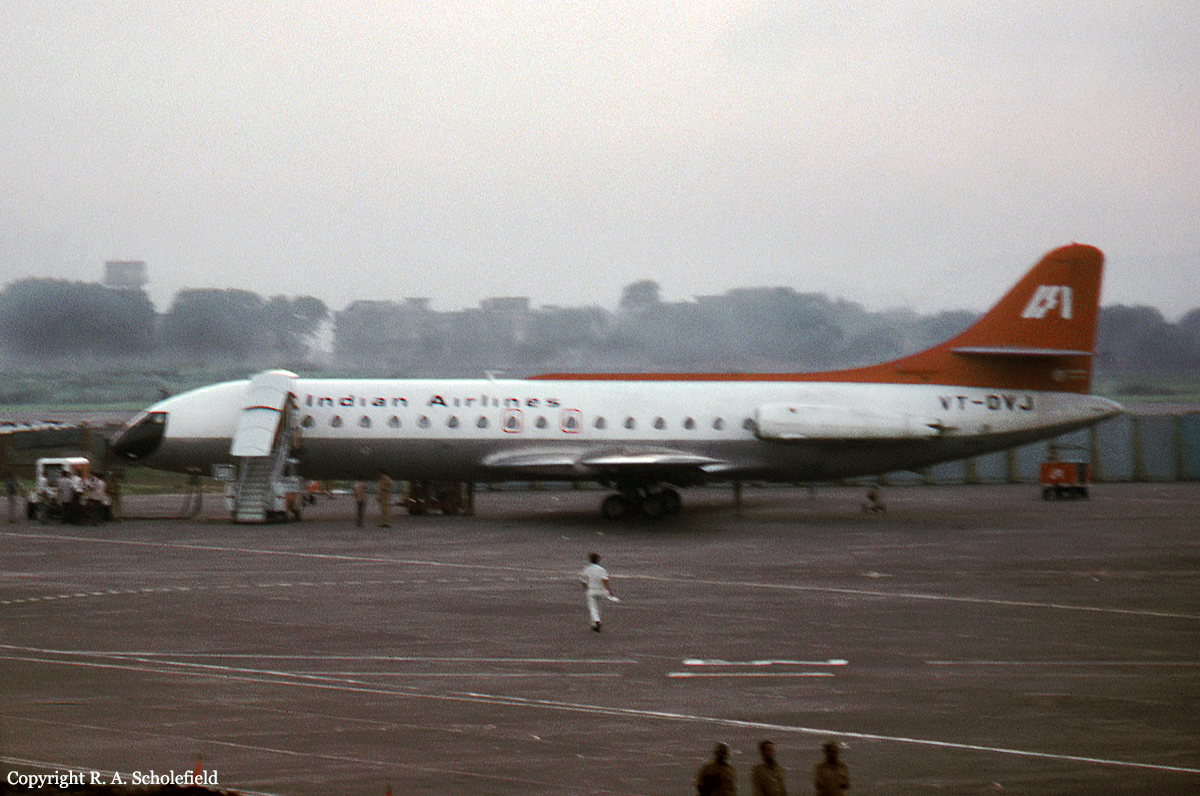Crash of a Boeing 747-121 in Karachi
Date & Time:
Aug 4, 1983 at 0438 LT
Registration:
N738PA
Survivors:
Yes
Schedule:
New Delhi – Karachi – London – New York
MSN:
19645
YOM:
1970
Flight number:
PA073
Crew on board:
16
Crew fatalities:
Pax on board:
227
Pax fatalities:
Other fatalities:
Total fatalities:
0
Aircraft flight hours:
53324
Circumstances:
Flight PA073 was cleared to land on runway 25R of Karachi International Airport (KHI), Pakistan. The approach speed just prior to touchdown was 152 knots. After touchdown reverse thrust was applied on engines n°1, 2 and 3. Engine No.4 which had an unserviceable reverser was left in forward idle. Seventy knots was called and some three seconds later reverse power was decreased. At this stage EPR on n°4 engine increased rapidly. The aircraft veered to the left of the centerline at about 7400 feet from the approach end of runway 25R and departed the runway edge at 8000 feet from the approach end of runway 25R with 2,500 feet of runway remaining. Shortly before the aircraft departed the runway, the pilot flying (copilot) reported that he had no brakes and no nose wheel steering. The captain stated that he got on the brakes and tiller at this time to assist. After departing the runway surface the aircraft travelled 380 feet through soft mud before it came to rest at a point about 2100 feet from the end of runway 25R, heading about 160 degrees on the Southern side of the runway with the tail of the aircraft 120 feet from the runway edge. Shortly after the aircraft departed the runway, the nose gear struck a VASI light installation and its concrete base causing the nose gear to collapse backwards and to the left, resulting in total destruction of the VASI light installation and damage to the forward cargo hold, floor of the first class section and the stairway leading to the upper deck. Damage to the aircraft was substantial and it was not repaired. All 243 occupants evacuated safely.
Source: ASN
Source: ASN
Probable cause:
Loss of directional control as the result of inadvertent application of forward thrust on n°4 engine at the time the pilot flying was coming out of reverse thrust on engines n°1, 2 and 3 during the landing roll, and subsequent failure of the crew to recognize the asymmetric power condition. Contributing were failure of the crew to monitor the engines, and failure to follow specified procedures during the landing.





